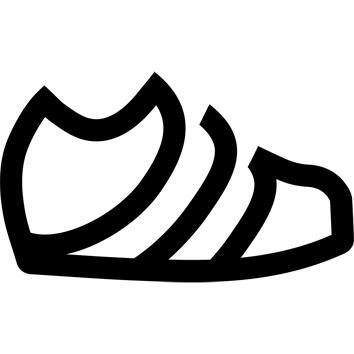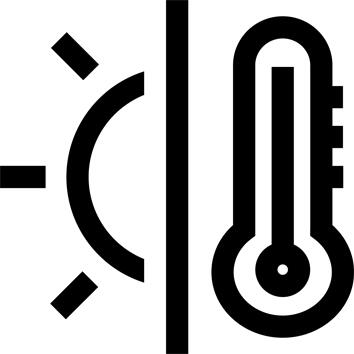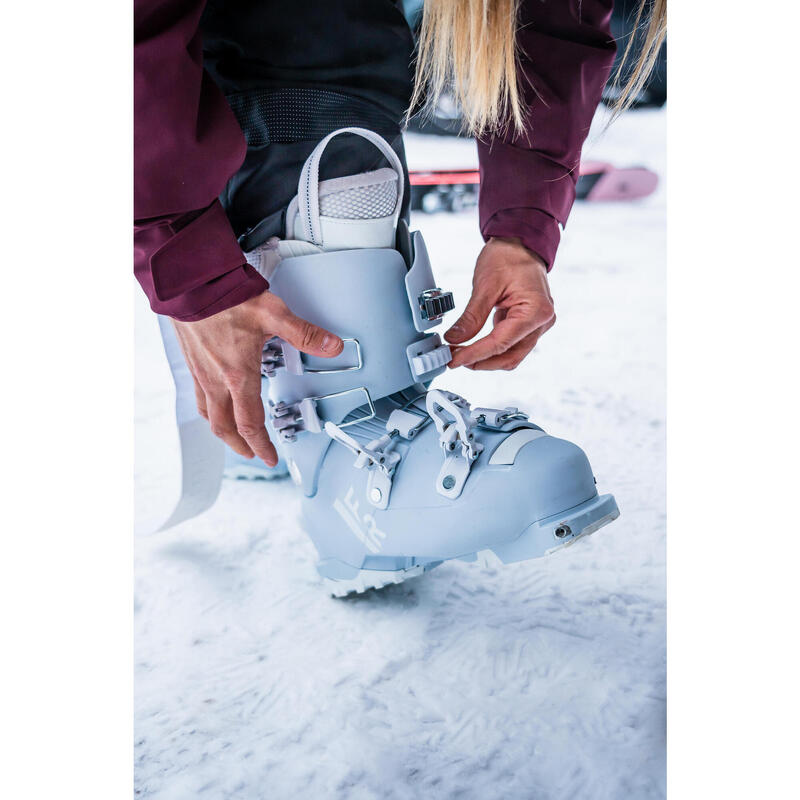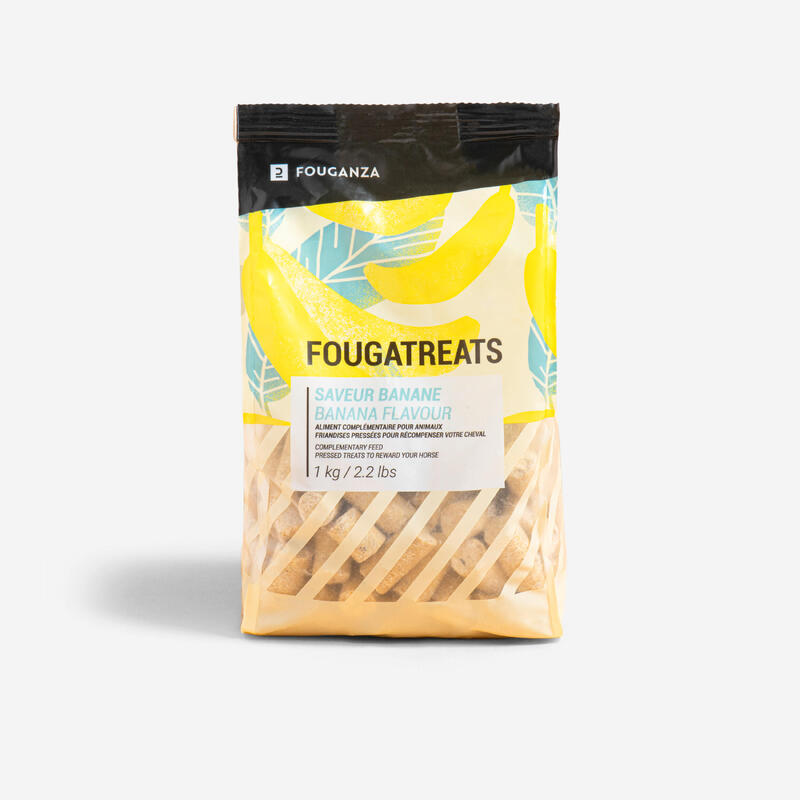Thermoformable liner
Polyethylene liner, 3 mm thick thermoformable material. By heating the liner, you can compress the foam to create more space and comfort. Shock Absorber Area system in the heel absorbs shocks from bumps and jumps. The bottom of the liner is made of EVA, providing extra cushioning for difficult snow conditions or when landing jumps.
How do you thermoform your ski boots at home?
1- Preheat the oven to 80°C with fan assisted heat.
2- Remove the slippers from the shells.
3- Remove the insoles from your slippers.
4- Put the slippers in the oven for only 5 minutes.
5- Remove the slippers from the oven.
6- Put the insoles back inside the booties.
7- Put the booties back in the boots.
8- Put on your boots and lock each hook moderately.
9- Wait 15 minutes at room temperature before taking off your boots.
You're ready to ski!
Hook settings
4 aluminum micro-metric hooks and 1 tool-free, 3-position adjustable hook on the upper shin to fit all calves and increase the collar's travel in the walking position.
the 3 possible positions (Phillips screwdriver required) on the second hook from the top, will give you a perfect fit at instep level. Wide strap for powerful, easy clamping of the top of the shell.
Shoes
Slim fit (last 100mm), thermoformable polyethylene liner: 3mm of thermoformable foam all around the foot. Lightweight, comfortable liner. Preformed foam at malleolus level. EVA insert underfoot for added comfort and a snug fit. Soft material helps the liner deform during climbing and walking. If you feel uncomfortable after a few days' use, you can thermoform your liner.
What is flex?
To give an indication of the shoe's rigidity, brands define a flex index for each shoe. The higher the value, the stiffer the shell. A flex of 70 is considered suitable for intermediate to advanced skiers. A flex of 70 to 90 is designed for advanced skiers. Beyond that, products are aimed at experts. However, larger skiers can move up a level.
What to do about foot pain
1/ Choose a thin, technical ski sock to avoid pressure points and promote blood circulation in the foot.
2/ Choose a sole adapted to the shape of your foot to prevent it from squashing against the shell. Ask a sales assistant for advice.
3/ Thermoform your liner.
How do I try on a ski boot?
Once the foot is in the shoe, close the hooks halfway. Can you go any further? This means that the shoe's volume doesn't suit you. Once your shoes are closed, perform 3 large flexions by pressing hard on your shins (put your hands on your knees) to move your heel back into the shoe. Stand up straight: you should be able to touch the tip of the shell. When flexing, your foot should move backwards and you should no longer be able to feel the toe.
How to keep your feet warm?
Often overlooked, drying the liner is the most important step in keeping feet warm. Even at -10°C, the foot perspires and the liner can't dry on its own in its plastic shell, even over several days. Ideally, you should take them out every day. You can also use shoe dryers, which are much more practical, as you don't need to take the slipper out - just plug them in!
Removable spoiler
This boot features a removable spoiler that lets you adjust the height of the shaft and the angle of the shin in the boot. Skiers who like to ski with tongue support will prefer the presence of the spoiler and will not hesitate to position it in the high position. Skiers who like to ski more centered, or those with generous calves, can remove the spoiler.













